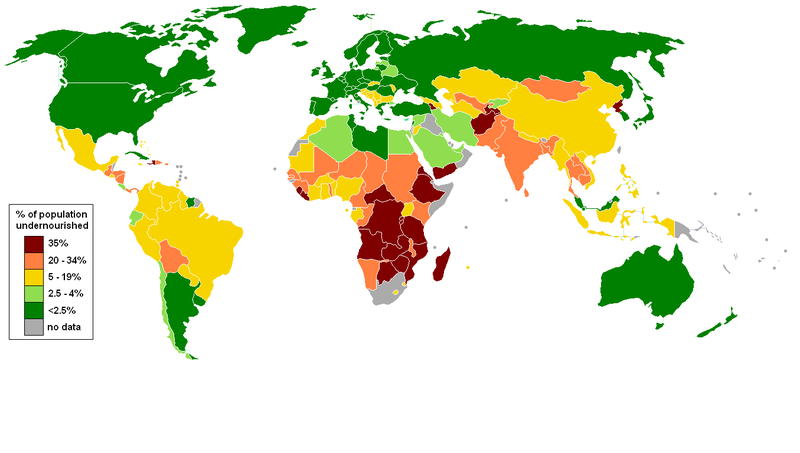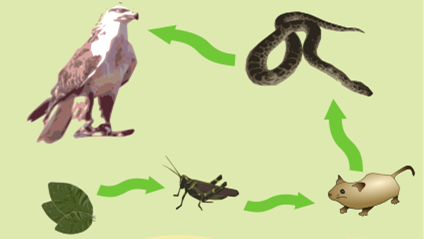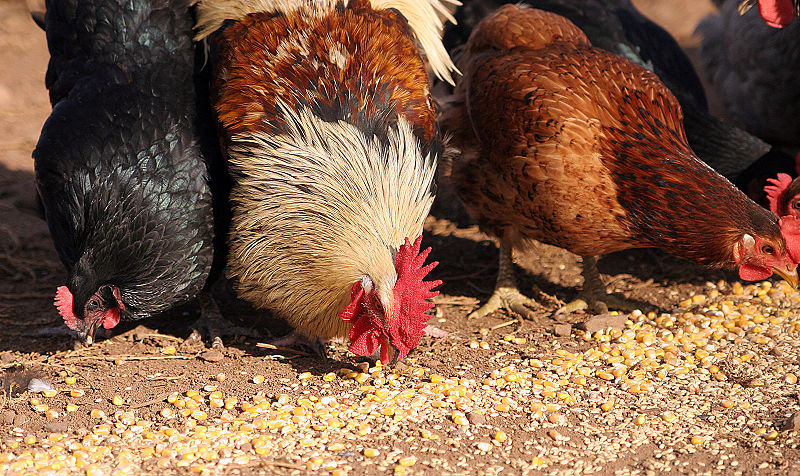Team:Imperial College London/M1/Cellulase
From 2009.igem.org

Cellulase
Over 1 billion people in the world go hungry [1]. Each year, 3 million under-five children die because they are undernourished. For infants and young children, the effects of chronic malnutrition in the early years of life are largely irreversible. Many countries that suffer from high rates of malnourishment rely on diets high in plant sources and cereal crops. Foods such as these have a high cellulose content. Cellulose is a tough material that makes up the cell walls of plant cells. Humans lack the digestive enzymes required to break down this tough substance, and so it is commonly referred to as dietary fibre. Cellulose is made up of repeating units of glucose molecules, and as such, is a large store of energy.In addition, polysaccharides such as cellulose form viscous gel-like structures that trap starch, proteins and fats which would otherwise be accessible to the digestive enzymes and transport systems. If people in these countries could find a way to gain more nutrional value from their food, then malnutrition rates in these countries could be significantly reduced.
Cellulases are often added to chicken feed in order to get the maximum possible nutritional content from the food.This method is widely used in poultry farming, especially with diets high in non-starch polysaccharides. This allows the tough cellulose cell walls to be broken down, and allows the nutrious contents to be absorbed.
Our solution would be in the form of a dietary supplement to be taken alongside foods with high cellulose contents, to allow for digestion of the cellulose within the gut. This would be especially beneficial in countries with less refined and processed diets, and hopefully the additional nutrional value gained from foods would lower rates of malnutrition in these countries.
Cellulases come in a number of types, and break down cellulose in different ways to different extents. The cellulase we have chosen is endo-b-1,4-glucanase E (CelE) cellulase, which is one of the three major proteins of the cellulosome of Clostridium cellulolyticum. This cellulase is also protease resistant, making it ideal for use with The E.ncapsulator's production and delivery mechanism. CelE mainly catalyses the reactions that changes crystalline cellulose to cellobiose and then finally to glucose. It also catalyses, to a small extent, the break down of carboxymethyl cellulose.

References
http://www.wfp.org/hunger 1World food programme website : World Hunger statistics
 "
"






